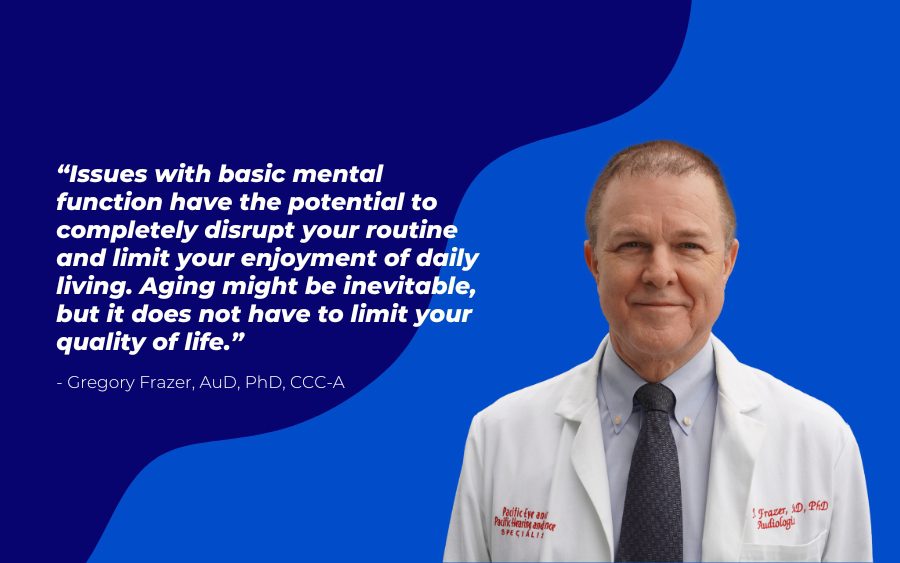Embarking on a journey toward improved core strength doesn’t have to be daunting, even if you’re easing back into fitness or grappling with an injury.
Gentle core workouts provide a gateway to building strength, flexibility, and stability. Here’s how you can achieve optimal results with proven strategies that keep your comfort and stability at front of mind.
Begin with an Effective Warm-Up
Starting your routine with a thorough warm-up is key to preparing your body for exercise. Warming up increases blood flow to your muscles, reducing the risk of injury.
Consider marching in place or dancing to your favorite music for a few minutes, for some fun examples. This ensures your body is ready, though you can skip this if you’ve warmed up from other activities.
Stretching Makes a Big Difference
Similar to how warm taffy stretches better, so do your muscles!
Stretches post-workout, or after any activity that elevates your heart rate for a few minutes, reduce injury risk and ease muscle stiffness.
Do Not Overlook Flexibility
Flexibility is as crucial as strength for core health – without it, you might experience discomfort and restricted mobility. Make stretching an integral part of your routine, ensuring your muscles remain elastic and functional.
The Importance of Form
Prioritize your form above all else. Correct alignment and smooth movement are fundamental in preventing injury and maximizing efficiency. By focusing on achieving and maintaining the correct form, each exercise will benefit you safely and effectively.
Reps Are Secondary
When it comes to repetitions, quality trumps quantity. Perform as many reps as you can with excellent form.
Over time, increase your reps gradually, ensuring your form remains uncompromised; gradually increasing reps and weight helps you build strength without overexerting yourself.
Stop at Any Sign of Pain
Your core routine should never be painful. While muscle fatigue is normal, any sharp or intense pain should be a signal to stop. Check your form if discomfort occurs, and if pain persists, consult with a healthcare professional before continuing.
Instructions Over Images
It’s easy to misunderstand exercises by relying solely on images. Visuals can misrepresent the difficulty of a move. Instead, pay close attention to the detailed instructions provided, embracing the process of learning through careful practice and repeating exercises to perfection.
Something else to keep in mind when learning a new exercise is to find a video of someone performing it – or, if you’re at the gym, ask a trainer to show you how to do it right to avoid injury.
Brace Yourself for Stability
Engage your core muscles effectively by mastering the bracing technique.
Imagine pulling in your muscles as if you are scooting through a tight gap. This will help stabilize your body and enhance your balance, proving essential in performing exercises correctly.
Intensify as You Progress
Once exercises become easier to perform with good form, increase the challenge. Add additional reps, extend durations, or progress to more complex exercises. Such advancements ensure continued gains and efficient workout time use.
Balance Your Workouts
Incorporate exercises that target opposing muscle groups to build balanced strength. This not only enhances muscle symmetry but also aids in injury prevention. Try combining the hamstring curl with the knee lift or the ball squeeze with the side leg lift for comprehensive core conditioning.
Consistent Practice Is Key
To see real progress, integrate core exercises into your weekly routine at least three times.
Spread out exercises throughout your day if time is scarce. This approach not only maintains interest but also embeds core strength into your lifestyle.
By following these insights into executing gentle core workouts effectively, you prioritize your well-being while embracing a journey toward core strength and stability. Your commitment to improving your health should be matched with the expert care and support provided by your trusted healthcare providers.
You can rest assured that our team is here to assist you as you navigate your health journey. Contact us today to get started; we’re happy to assist with concerns about your hearing or balance health.





